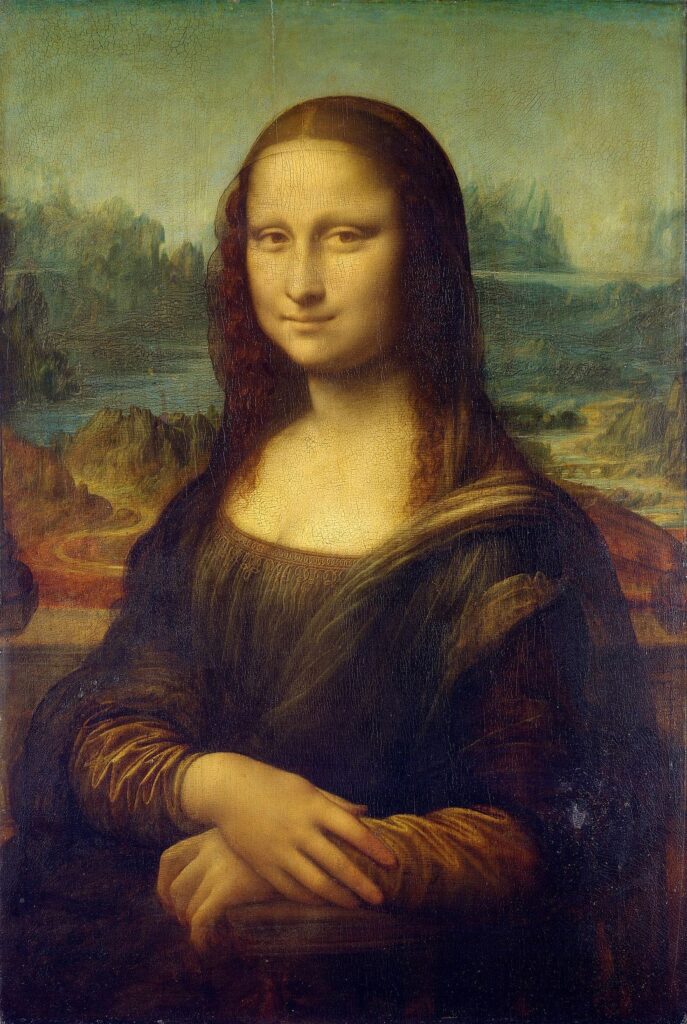Through the allure of ambiguity we become participant artists creating beauty and meaning in the world. View the study sheet here. Watch the recording here.

Because the questions are never ending. Because the answers are ever evolving. Because moments of peace are again and again interrupted by convulsions of violence. Because the journey is ongoing. Because creation is always happening. Because we are continually becoming…we start the story anew.
We didn’t ask to be here. And at our birth we have no idea what we are supposed to do. So it would be nice to have a clear, authoritative explanation for creation and for our purpose in this world. Except that is not what Torah offers at first glance.
With its very first words Torah undermines any stable foundation of meaning we might have hoped for about the reason and purpose of existence. The opening words tease our desire for clarity and order. The first word, “b’reishit,” confounds. Its linguistic form is all wrong. By the rules of Hebrew grammar it should be followed by a noun. Instead it is followed by a verb, “bara.” The medieval commentator Rashi cries out in exasperation: This has nothing to do with the order of creation. It is a text that cries out, “Expound me!”
The Zohar engages in even greater destabilization. It upends the normal rules of grammar and advises us to read the Hebrew words in the order in which they appear, rendering the opening sentence as: An unknown concealed force with beginning created God. In the reading of this central Jewish mystical text, God is not the subject of the verb “created.” God is one of those elements created during this procreative eruption.
Rashi prepares us for what Torah really is: not a source of finite answers but a path of endless questions, which we are invited to help answer. It is less direct explication than oblique seduction. Its ambiguity entices us in to seek out what lies beneath the surface.
The Zohar describes the power of Torah’s sacred allure with a story about a maiden concealed in a palace who intermittently reveals and conceals her face to her lover. In that reading, Torah is less frontal teacher than passionate being seeking to arouse another. This arousal is designed to animate the lover into curiosity and intimacy, into a relationship of mutuality where each brings something to the other.
The most famous painting in the world is renowned for its alluring ambiguity. For five hundred years people have been fascinated by Mona Lisa, drawn in by her mysteries and ambiguities.
Da Vinci’s painting violated the norms of 16th-century portraiture. Instead of displaying the social status and wealth of his subject with flamboyant clothing, elaborate hairstyle and jewelry, da Vinci presented Mona Lisa dressed in elegant simplicity, which draws attention to her face.
And it is her face that allures and mystifies us. Painted in a revolutionary ¾ length pose, contrary to full figure poses typical of Italian portraiture, Mona Lisa is neither stoic nor demure. She meets our eyes directly. Yet her eyes seem to follow us no matter where we stand. In part, this is achieved through da Vinci’s mastery of sfumato (“vanished”), a technique of creating imperceptible transitions between light and dark. Wherever we are in her presence, we have her attention.
Then there is her smile. It seems to change as our eyes move. One moment her lips convey amusement; another, sadness. Or is it an expression of remoteness or wit or sensuality or pain or joy? It is this absence of settled definition that draws us into her.
The artist and Detroit community activist Ian Matchett writes, “At its best ambiguity allows an artwork to elevate beyond pure depiction, or a single viewpoint, and create a space where the perception of the viewer helps create the piece.”
Without our even being initially aware of what is happening, Torah opens by creating space for us to help “create the piece.” She knows that together we can create great beauty.
Join us here at 7:00 p.m. (PT) Thursday October 12 as we explore the allure of ambiguity.








